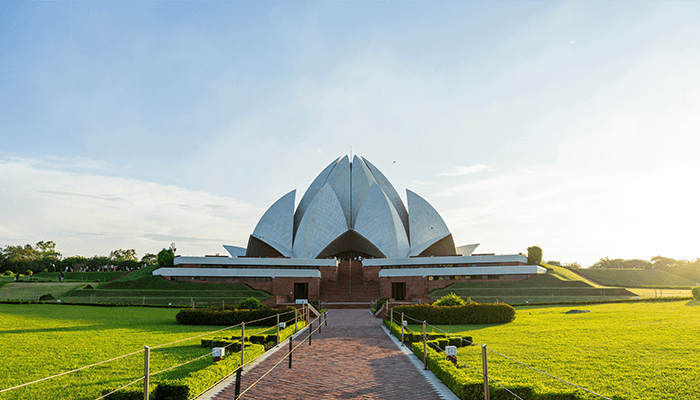Jama Masjid
India's largest mosque built by Shah Jahan, featuring stunning red sandstone architecture and capacity for 25,000 worshippers.
Read More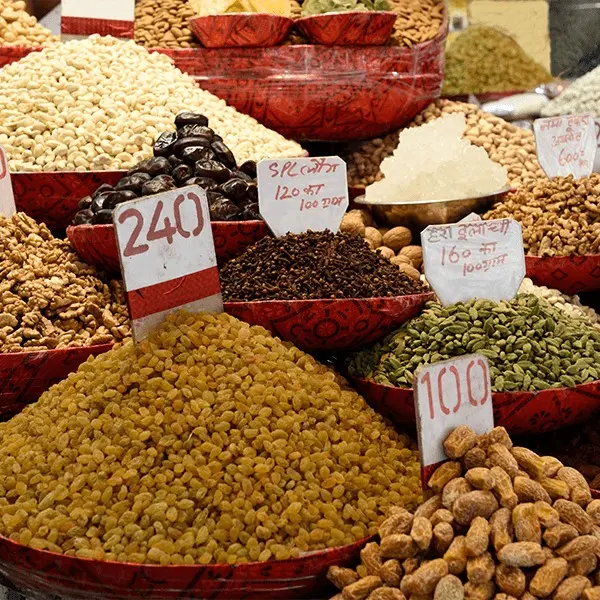
Chandni Chowk, the vibrant soul of Old Delhi, is one of India’s oldest and busiest markets. Established in 1650 by Mughal Emperor Shah Jahan, it was designed by his daughter Jahanara Begum as a grand avenue leading from the Red Fort to Fatehpuri Masjid. Steeped in centuries of history, this bustling marketplace offers a sensory overload with its maze-like lanes, ancient havelis, and colorful bazaars. From fragrant spice stalls and shimmering jewelry shops to textile vendors and traditional eateries, every corner reveals a piece of Delhi’s rich cultural fabric. The area is especially famed for its iconic street food—parathas, jalebis, chaats—that attract locals and tourists alike. Despite the chaos, Chandni Chowk radiates a timeless charm, serving as a living museum of Mughal-era grandeur blended seamlessly with the vibrant pulse of modern Indian life.


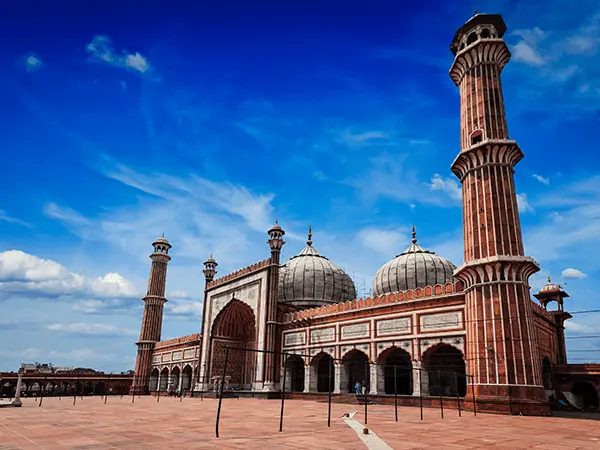
India's largest mosque built by Shah Jahan, featuring stunning red sandstone architecture and capacity for 25,000 worshippers.
Read More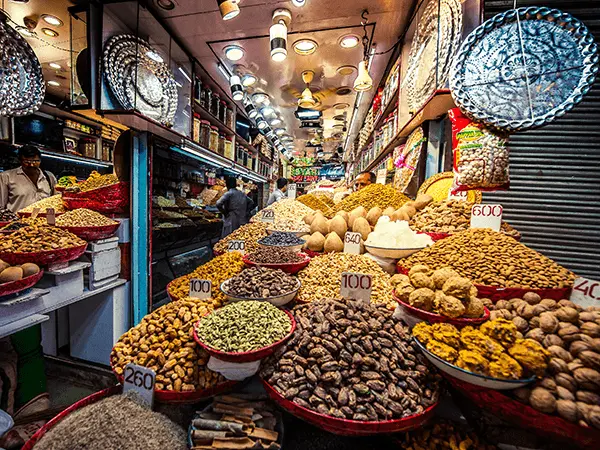
Asia's largest wholesale spice market offering a sensory explosion of colors, aromas, and flavors.
Read More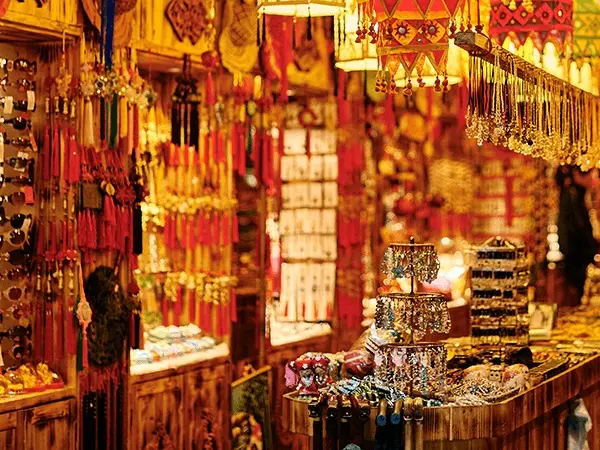
A dazzling market specializing in wedding trousseaus, embroidery materials, and ornate fabrics.
Read More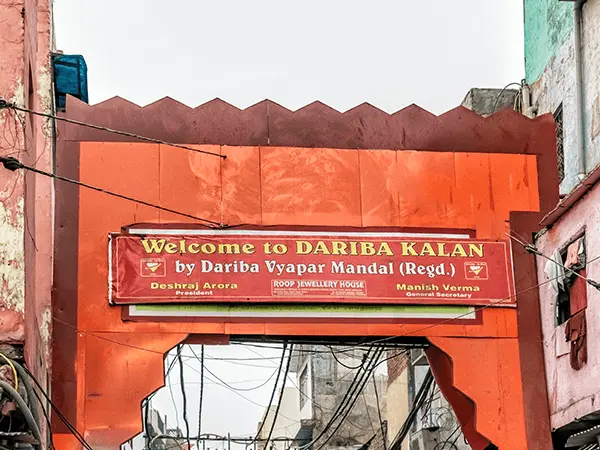
The historic silver market dating back to the 17th century, renowned for intricate jewelry and silverware.
Read MoreExplore the vibrant chaos of Chandni Chowk with a heritage walking tour through its centuries-old lanes steeped in Mughal history. Sample iconic street foods like crispy jalebis, spicy chole bhature, tangy chaats, and creamy lassi from legendary stalls. Shop for traditional Indian attire, embroidered fabrics, silver jewelry, and aromatic spices in its specialty bazaars like Kinari Bazaar and Dariba Kalan. Photograph intricately carved havelis and centuries-old temples, mosques, and gurudwaras. Ride a cycle rickshaw for a nostalgic journey through narrow alleys, and discover artisans practicing ancient trades like zari embroidery, calligraphy, and metalwork—offering a rare, living glimpse into Delhi’s cultural legacy.
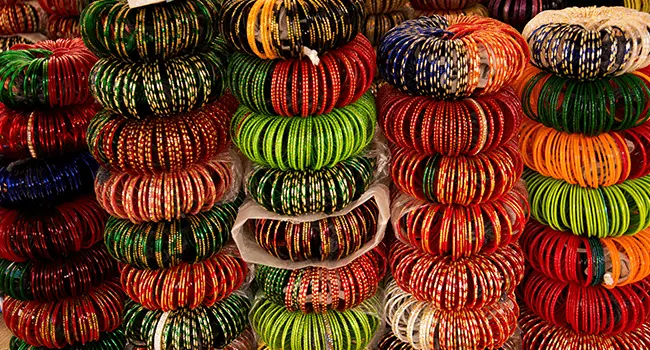
Shopping in Chandni Chowk is an unforgettable experience, with each bustling lane offering something unique. Discover vibrant silk sarees and bridal wear at Nai Sarak, aromatic spices and dry fruits at Asia’s largest spice market, Khari Baoli, and intricately crafted silver jewelry in Dariba Kalan. Visit Ghantewala for legendary Indian sweets. The market’s historic charm blends with vibrant trade, making it a haven for treasure hunters. Bargaining is common, but fair negotiation and respect for craftsmanship go a long way.
Chandni Chowk is a food lover’s haven, home to iconic eateries like Karim’s for rich Mughlai fare, Old Famous Jalebi Wala for syrupy delights, Natraj Dahi Bhalle for tangy snacks, and Giani’s for classic Indian ice cream. While the market slows after sunset, established restaurants remain open for evening diners. The area is generally safe, but it's best to stick to well-lit paths, avoid deserted alleys, and pre-arrange trusted transportation when exploring Chandni Chowk at night.
Chandni Chowk is easily accessible and generally safe for visitors. The nearest metro stations are Chandni Chowk and Jama Masjid, both a short walk or auto-rickshaw ride away. Auto-rickshaws, cycle rickshaws, taxis, and app-based cabs are abundant in the area. Heavy foot traffic provides a sense of security during daytime, but evening explorers should use well-lit routes and avoid narrow, isolated alleys. Keep personal belongings secure—pickpockets are common. Always agree on taxi or rickshaw fares beforehand or insist on the meter. Having a trusted transport option ensures a smoother and safer visit after dark.


